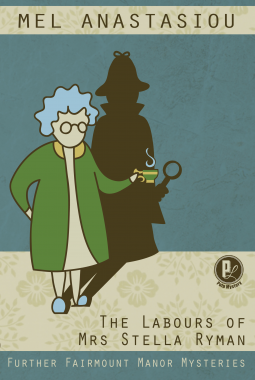The Rainforest Book by Charlotte Milner is a children's nonfiction book currently scheduled for release on February 2 2021. Sweep aside the liana vines, hop over the giant roots of the kapok tree, and follow the sound of the howler monkey as you venture into the tropical rainforest. Find out about some of the amazing animals that live there, learn about the enormous variety of life-giving plants, and discover why the Amazon rainforest is known as the 'lungs' of our Earth. In this book, Charlotte Milner continues to highlight the important ecological issues faced by our planet, following on from The Bee Book, The Sea Book, and The Bat Book. Did you know that over half of our planet's wildlife live in the rainforest? And that at least two meters of rain falls in the rainforest every year? The world's rainforests are packed with amazing animals and plants, from the deadly poison dart frog, to the stinky rafflesia flower--there is plenty to discover! As our planet's climate crisis becomes even more critical, with forest fires raging in the Amazon, The Rainforest Book is the perfect way to introduce little nature-lovers to this enchanting yet threatened world. This celebration of the rainforest shows children just how important it is, and reminds them that it is up to us to care for our planet and its wildlife.
The Rainforest Book is a well researched, illustrated, and written book. I thought the information was very interesting, and I learned a few new things even though I thought myself well versed on the subject. I liked that the information was well rounded but straightforward with no judgement, just the facts. I thought the illustrations and page formats were very well thought out and executed. It captured, built up, and maintained my attention, and I expect it will do the same for other readers. I also liked that in all the information, there is also detailed things that can help readers make choices that will lessen their impact on the environment in general, and the rainforests specifically. There are opportunities for the readers to get hands on, and to have an impact. My only complaint is one I often have with nonfiction materials, and that is that there was no suggested reading or similarly themed addition in the endpages. I was glad for the creature index, but suggested books, websites, or organizations listed in one place at the end of the book would make me very happy.



